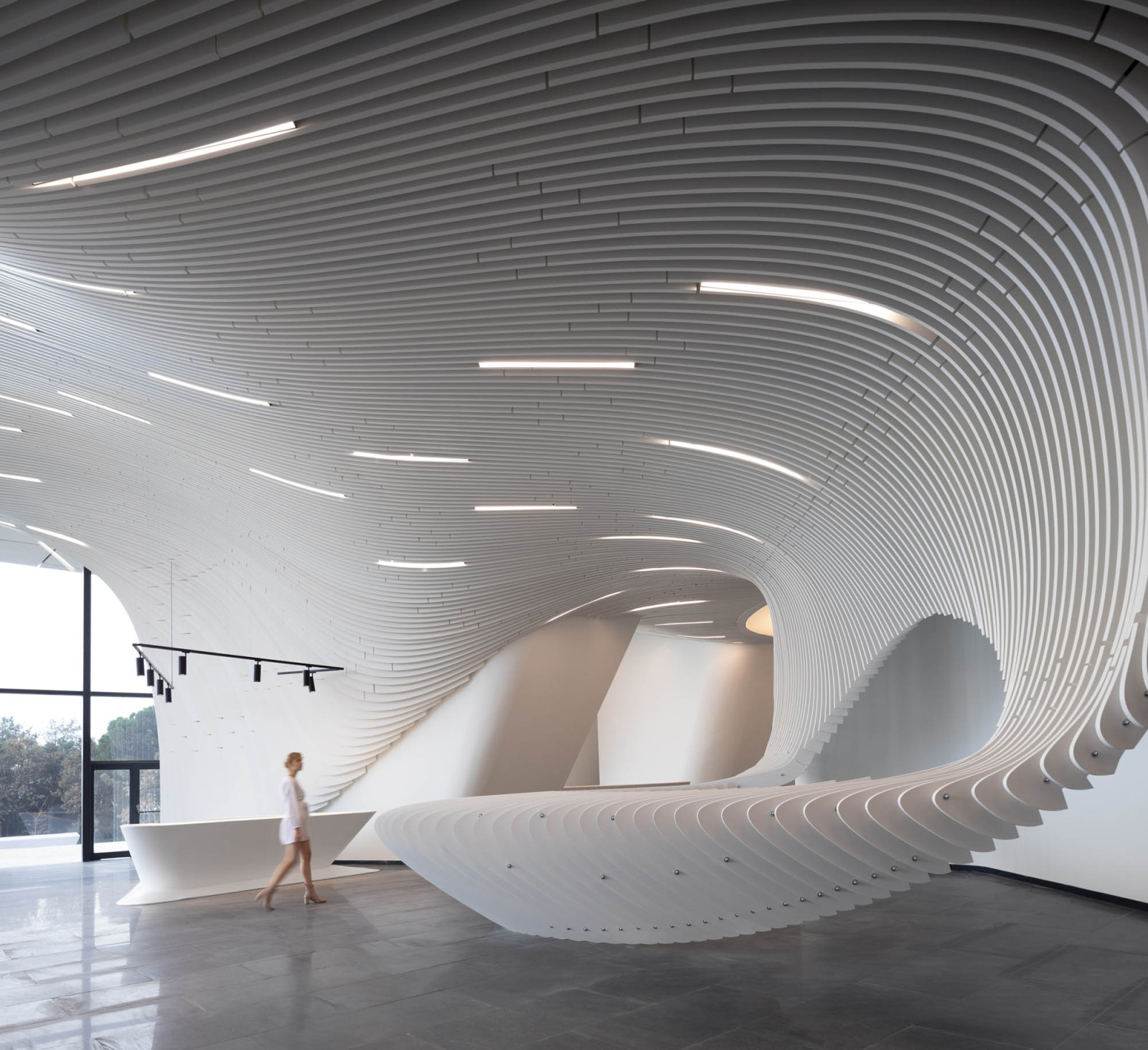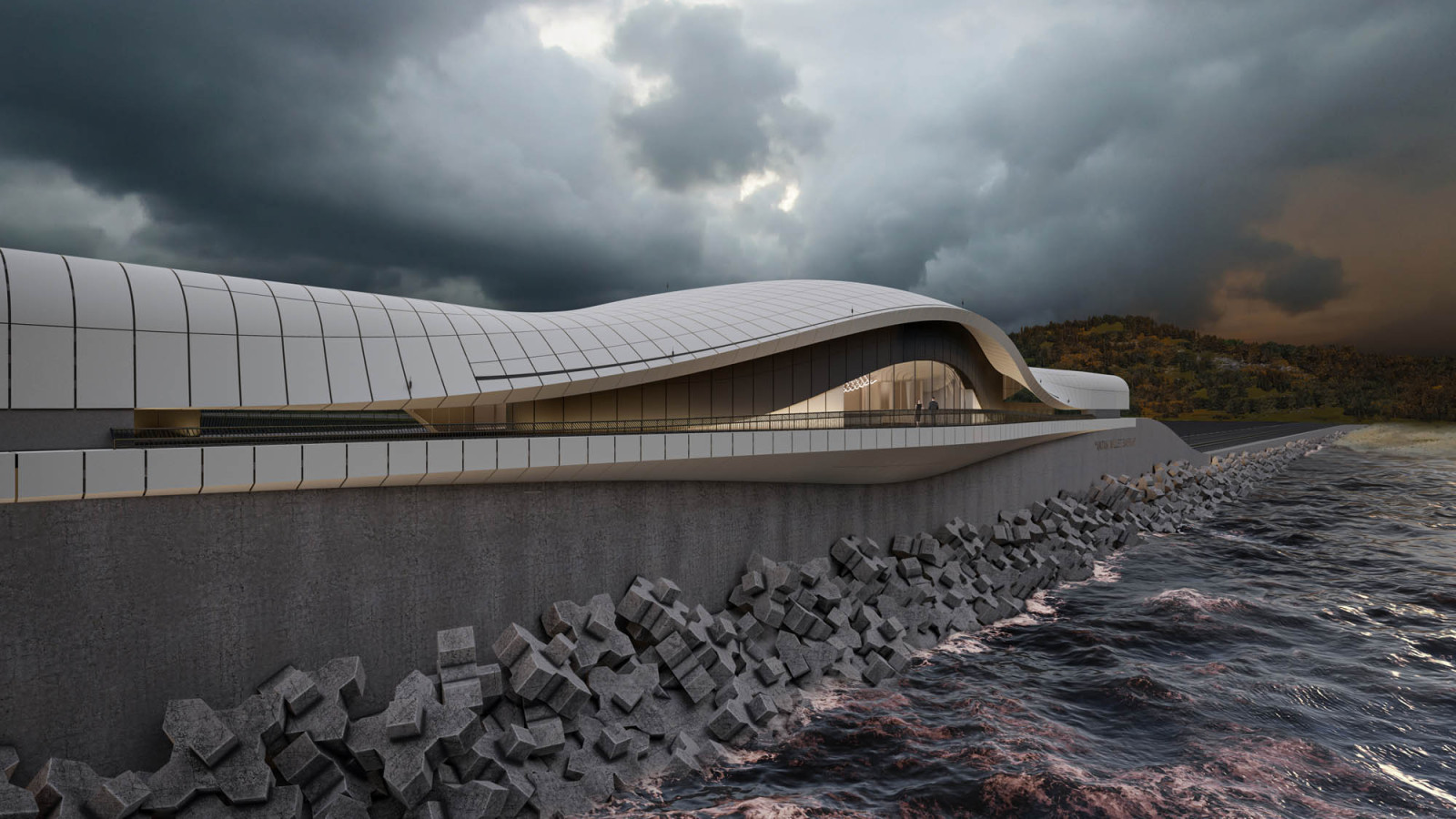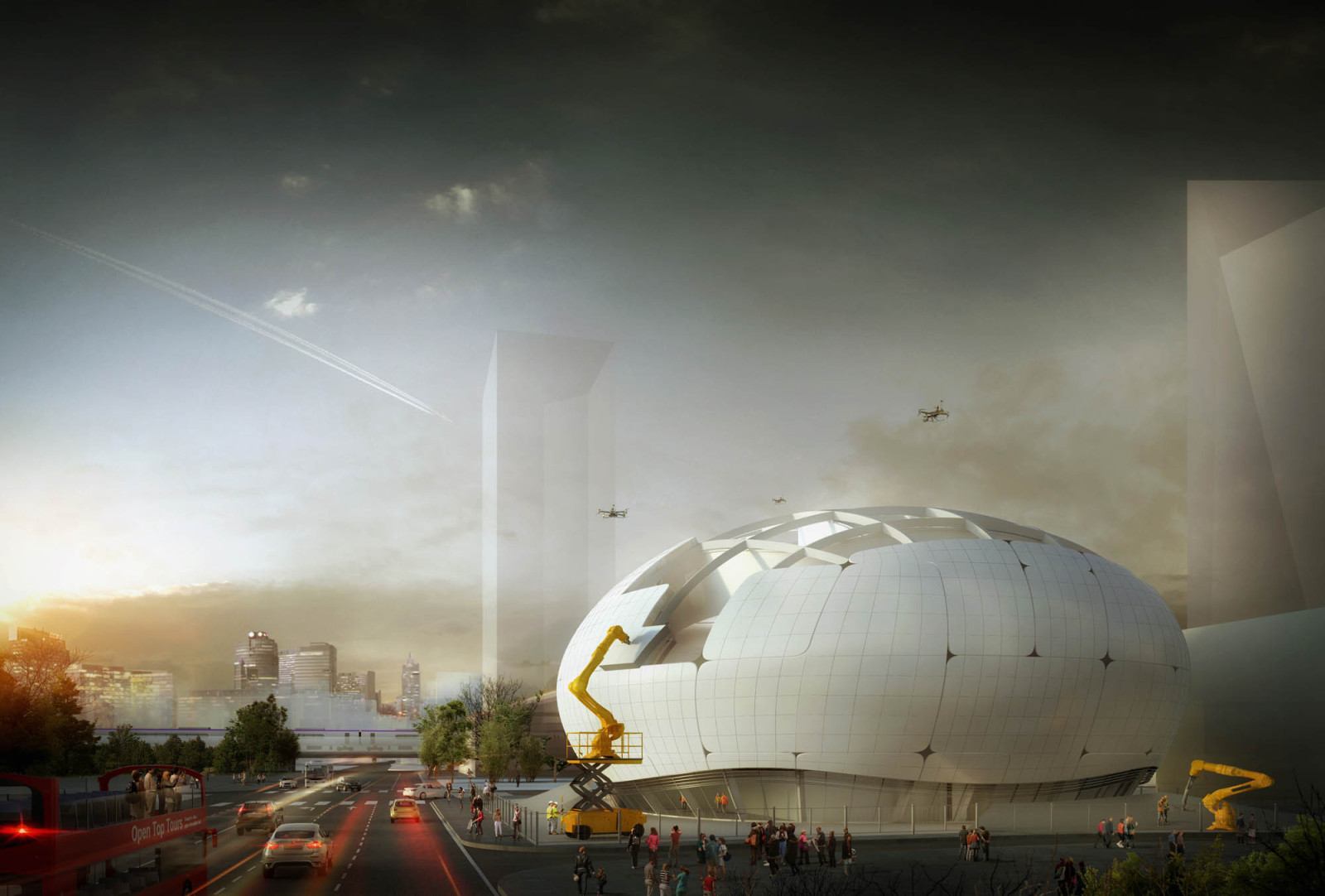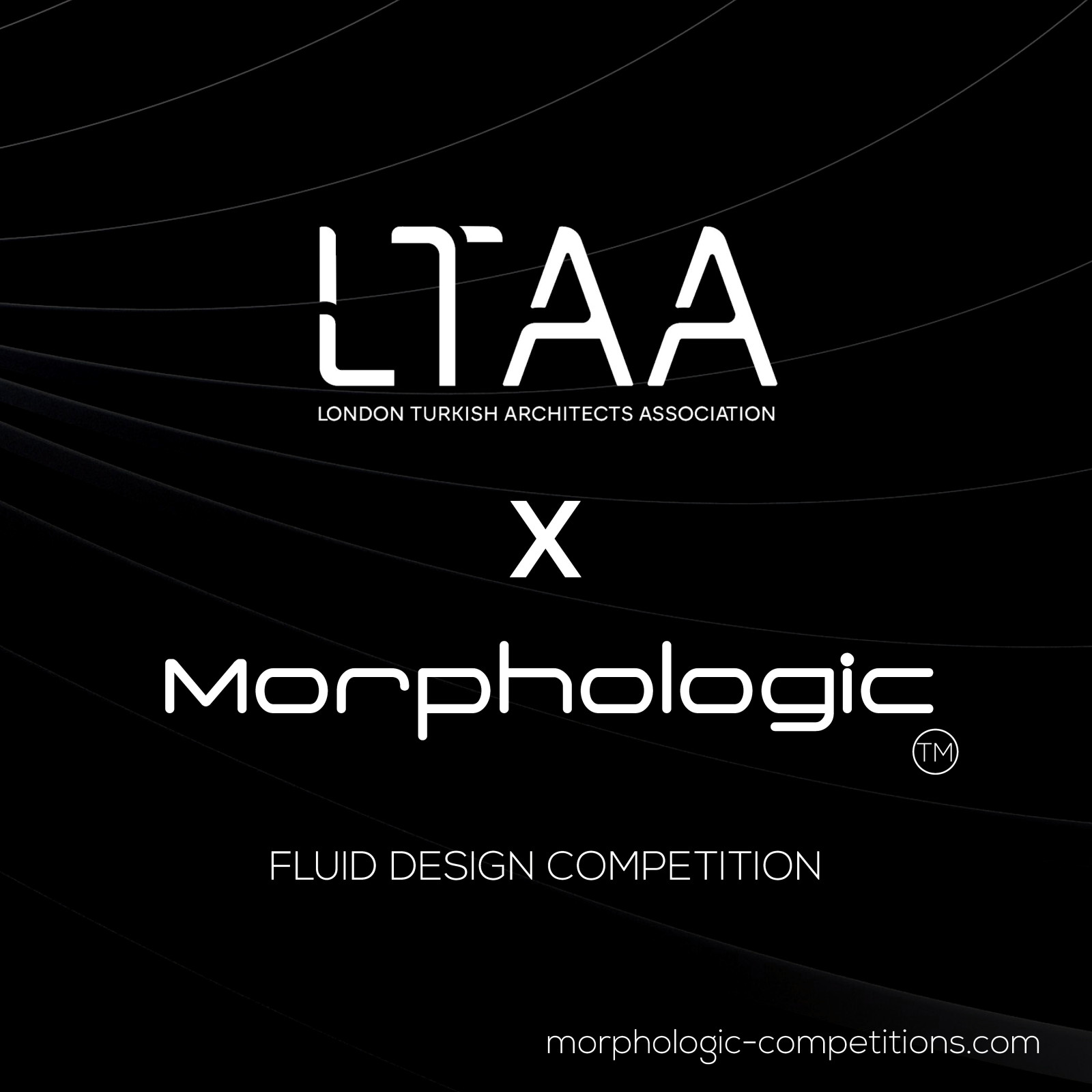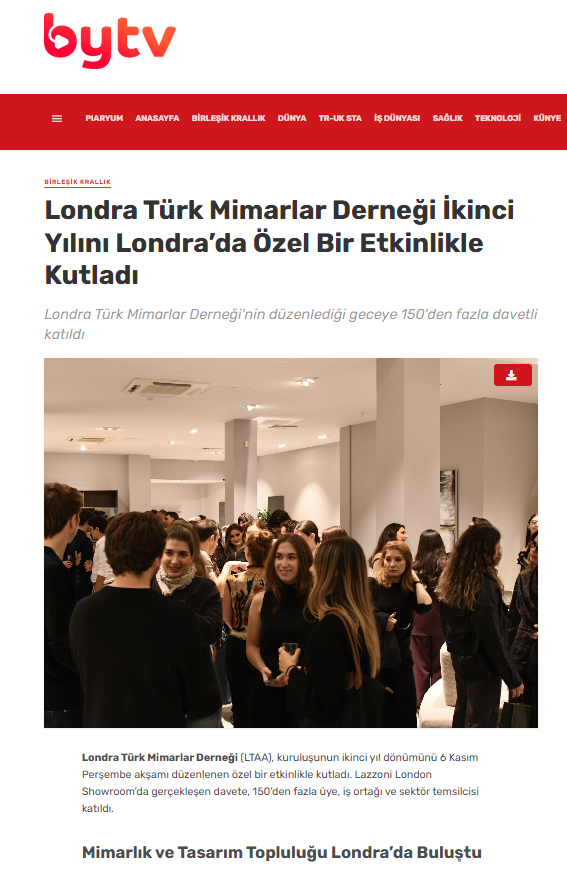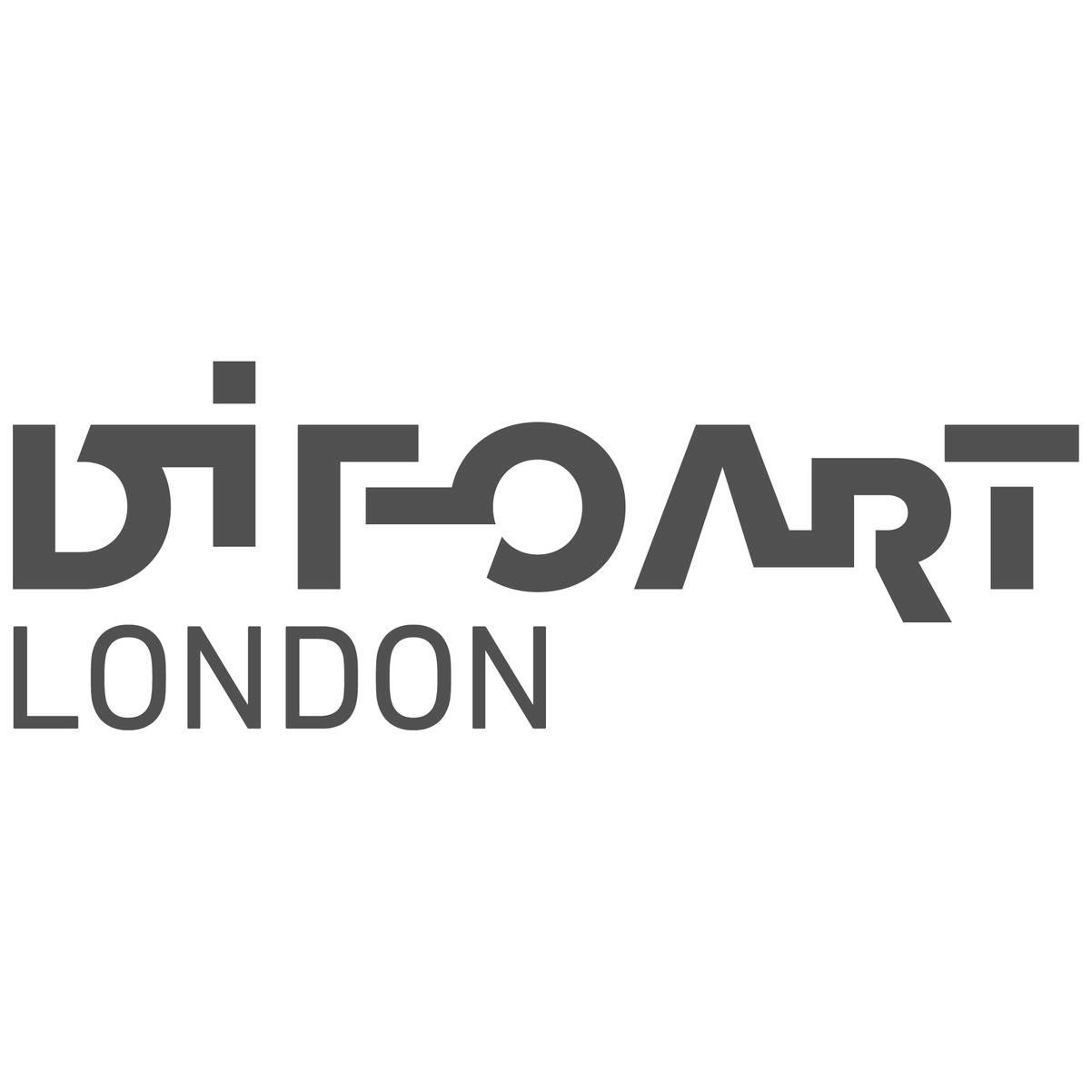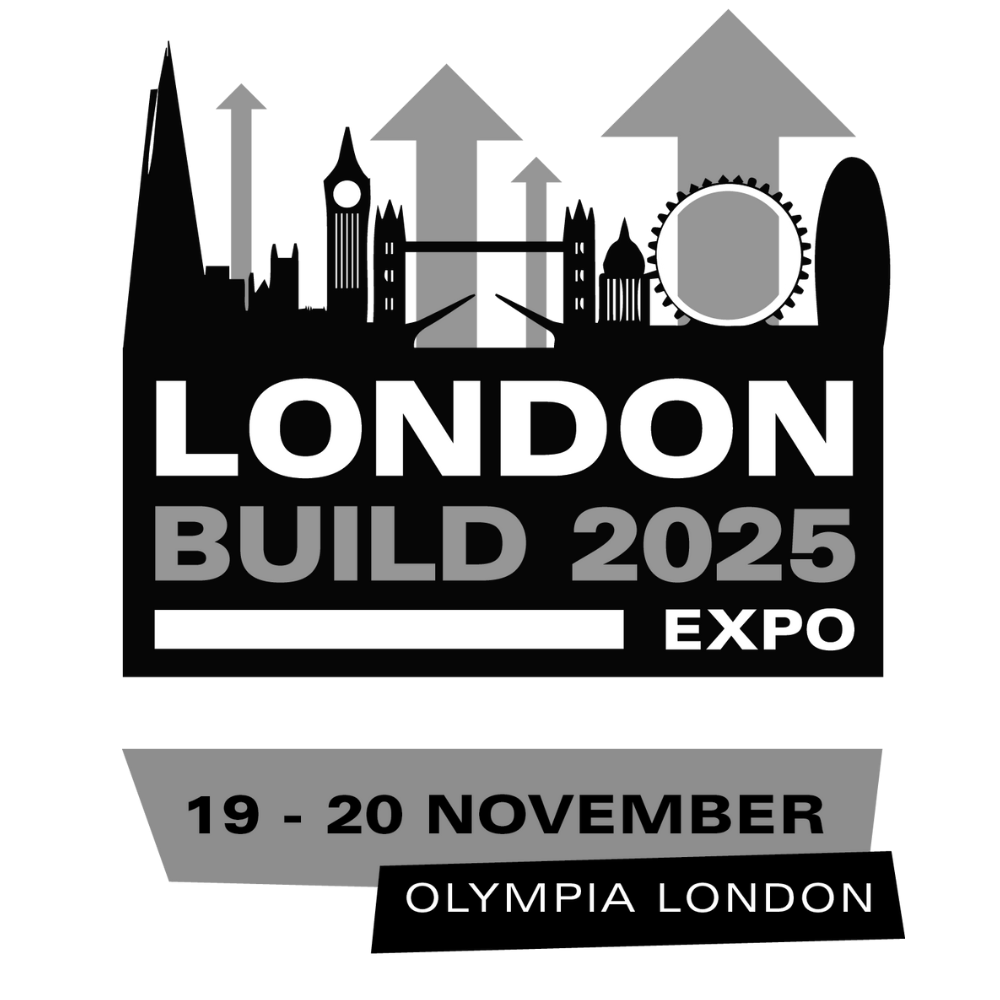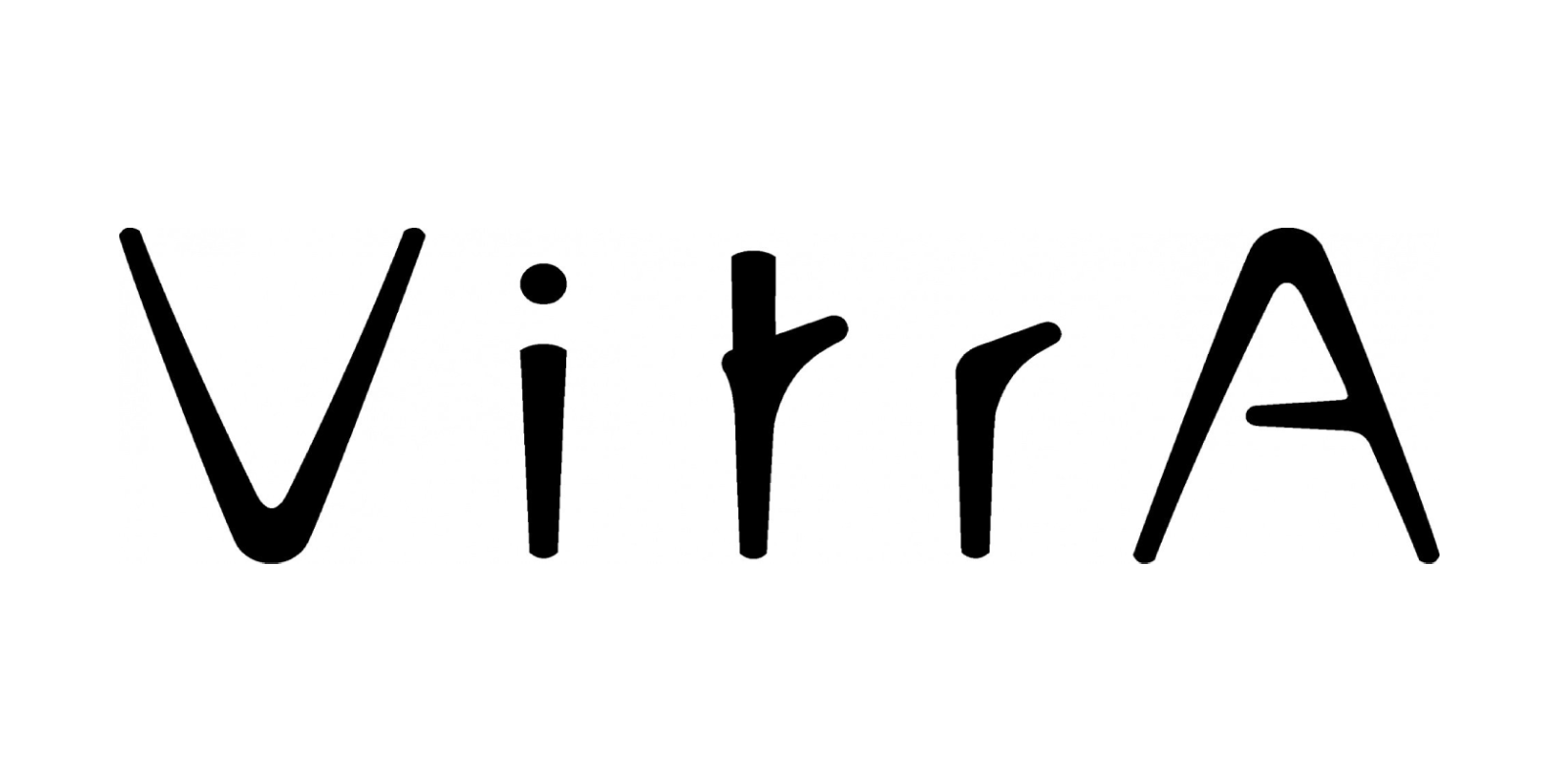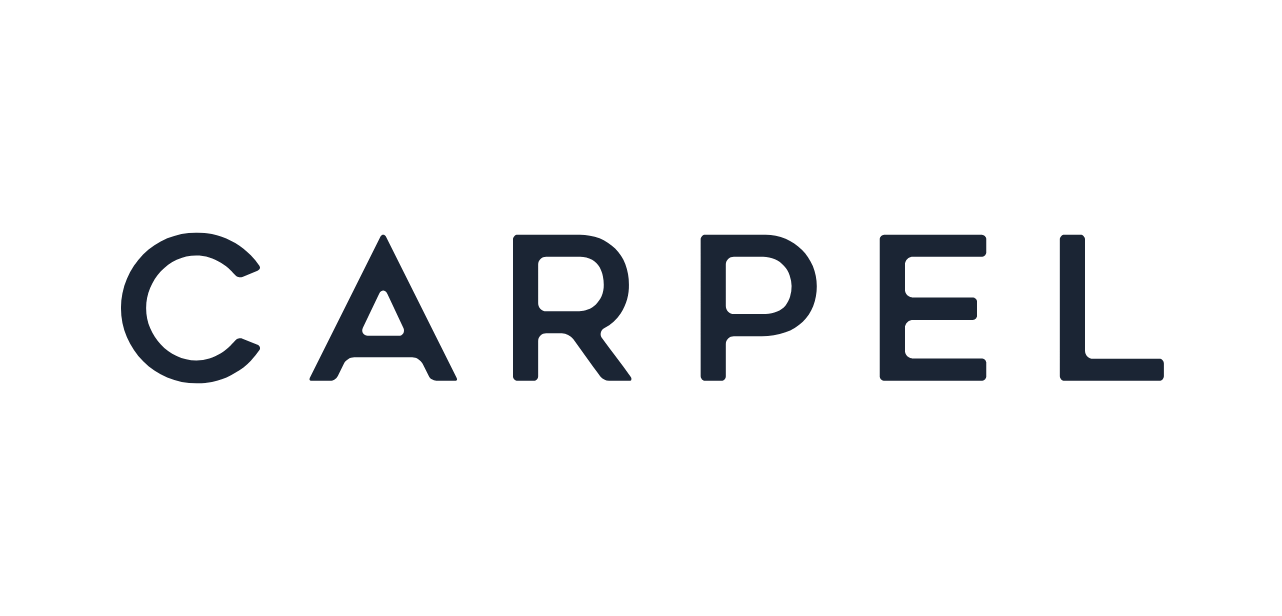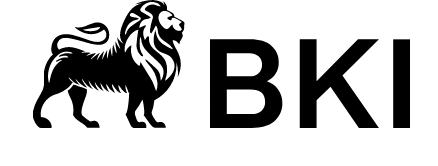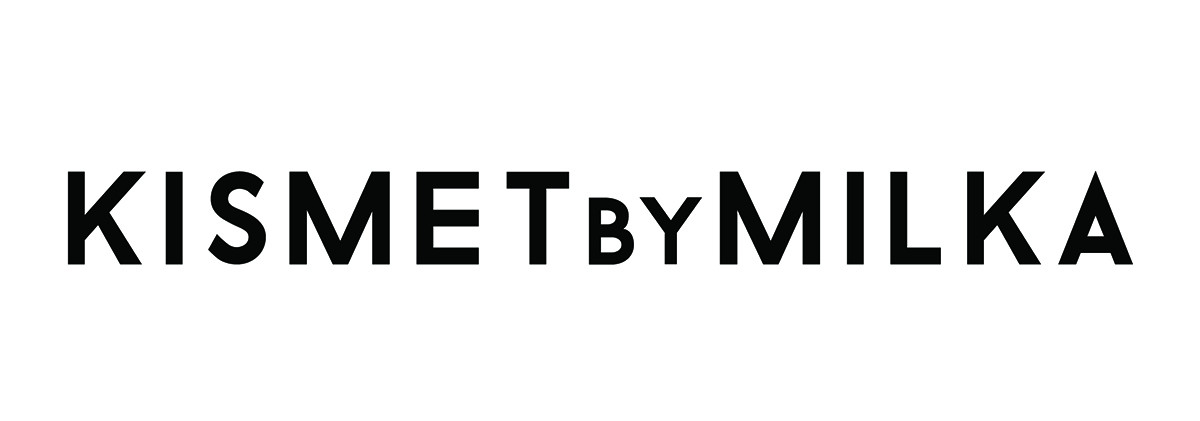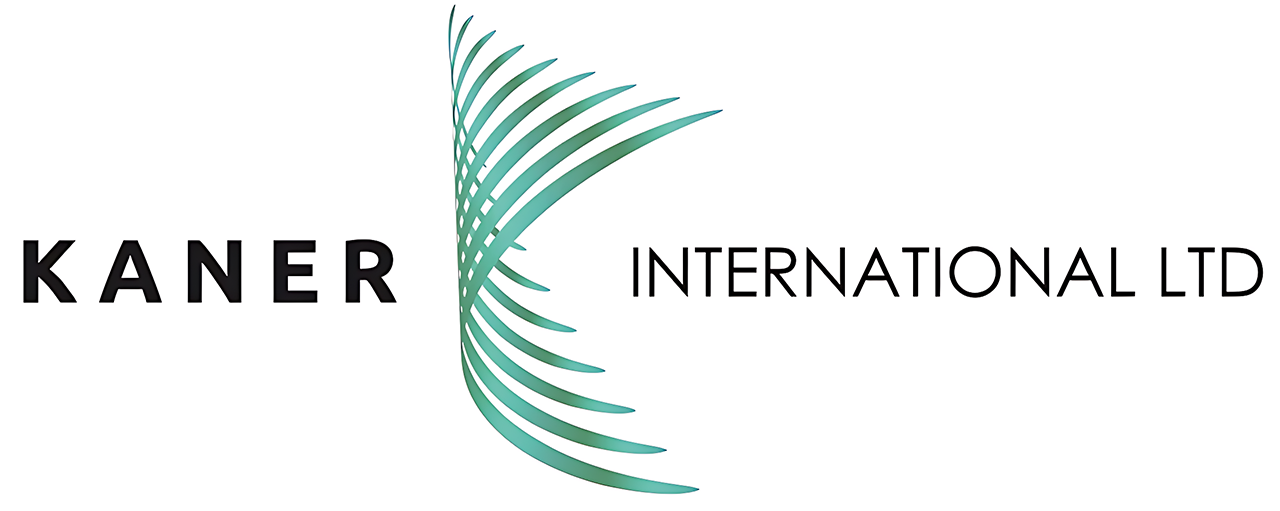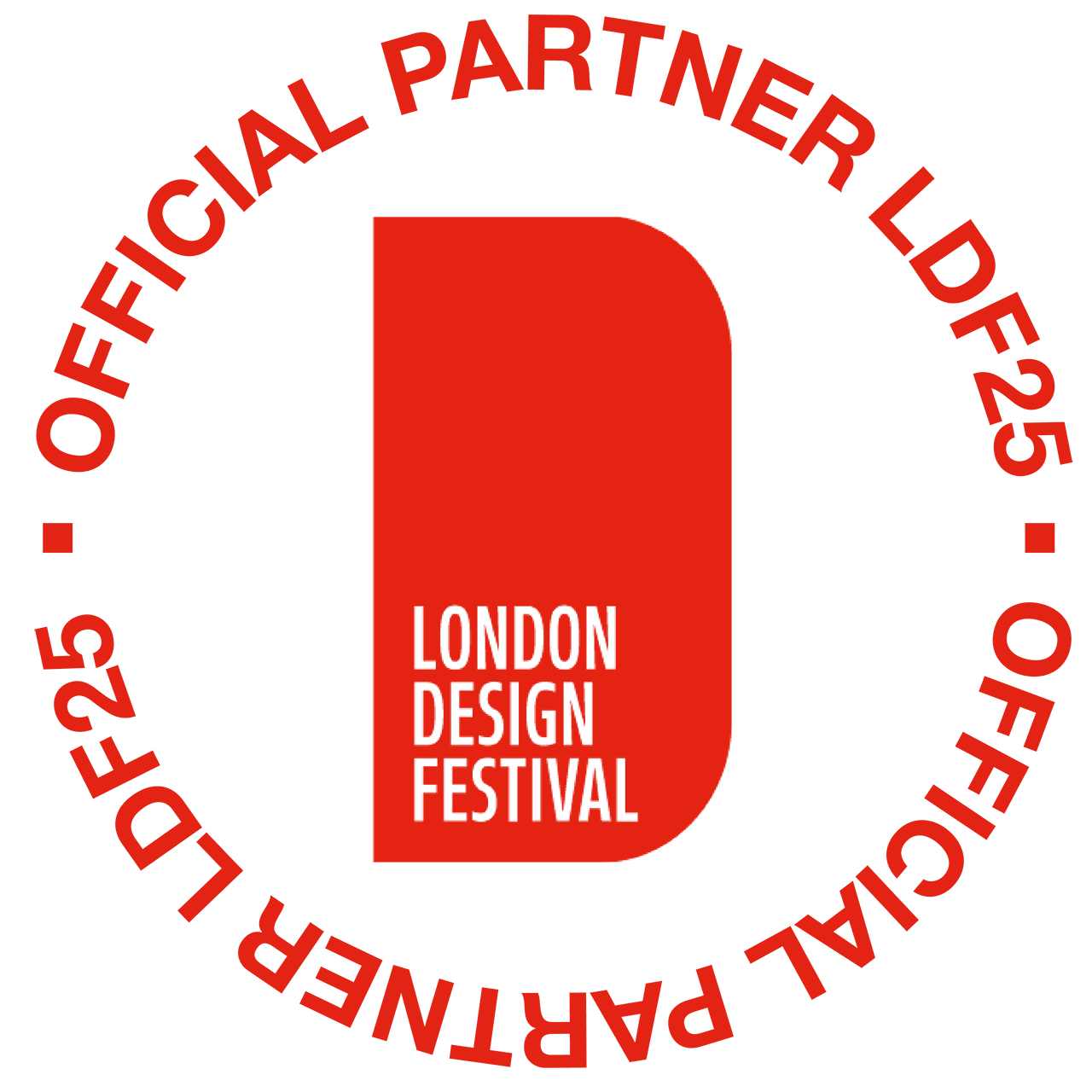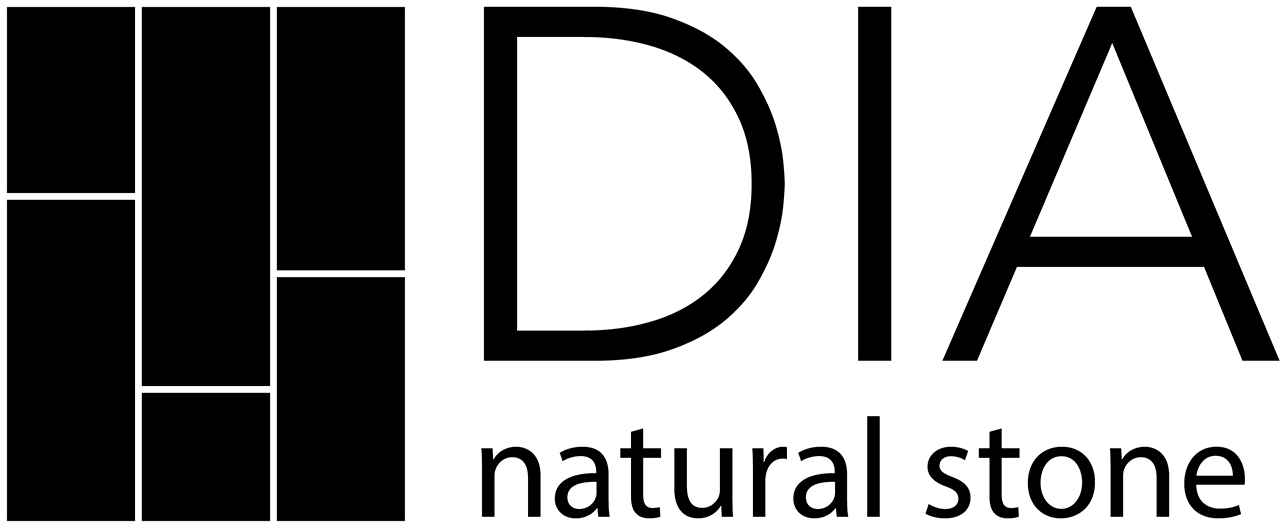Melike Altinisik - 100 Women Architects in Practice / LTAA Spotlights #2
8 February 2024

"100 Women: Architects in Practice" is a new Royal Institute of British Architects (RIBA) publication compiling a selection of women architects spanning over 250 regions and five continents.
Melike Altınışık, founder of Melike Altınışık Architects (MAA), is the sole representative of Turkish architecture in this prestigious selection. We had the pleasure of speaking with her about her recognition in "100 Women: Architects in Practice", as well as the significance of London in shaping her education and architectural identity.
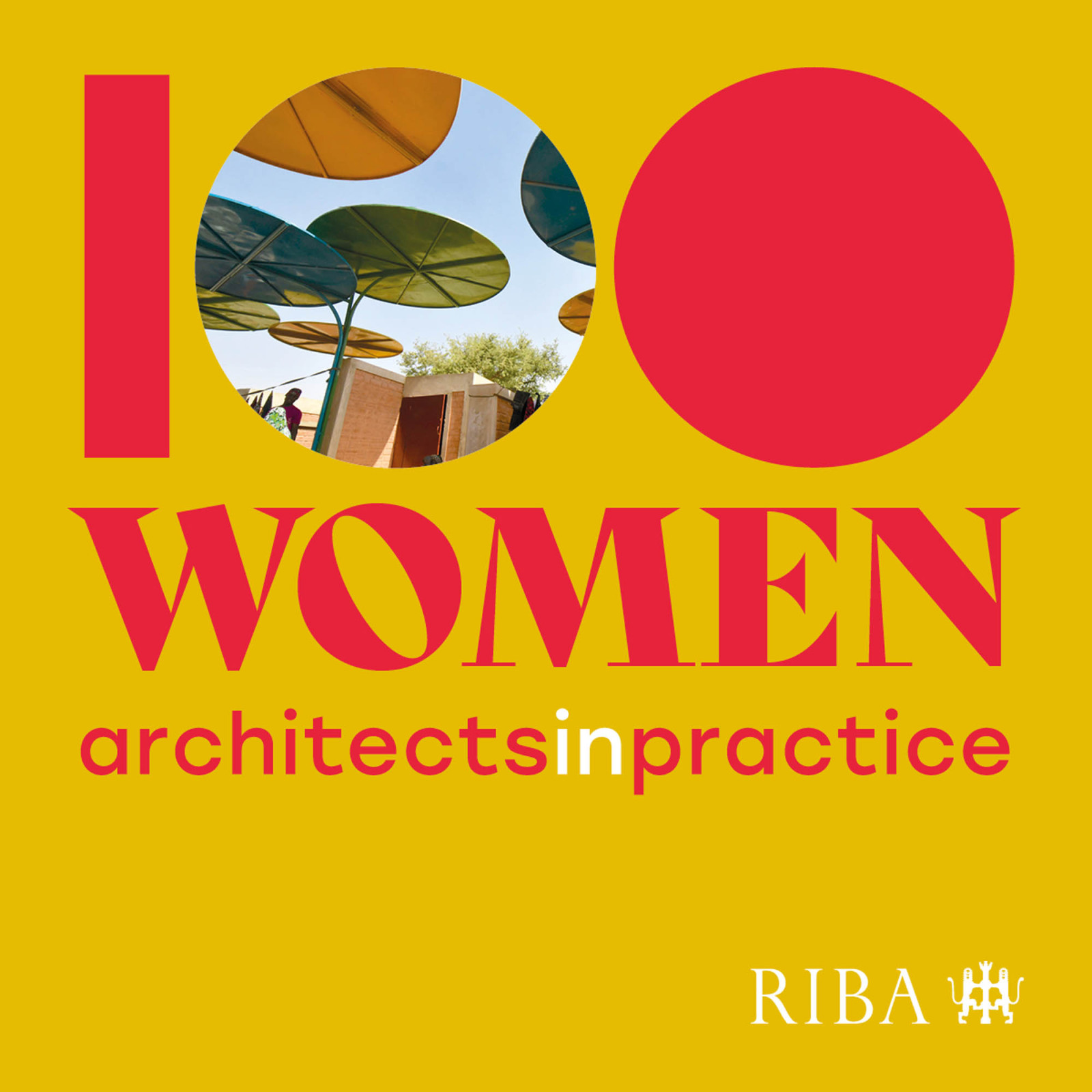
1 - Could you share your career journey with us, from your architectural education in Istanbul to your recent recognition in London as part of RIBA’s global selection of “100 Women: Architects in Practice”?
When you begin to observe a person’s passion for creation and their dialogue with their essence from a very early age, none of the milestones along their career journey seem coincidental or based on luck. With this understanding, when I look back today, neither graduating at the top of my class from Istanbul Technical University, nor pursuing my master's degree in architecture at the Design Research Laboratory (DRL) of the Architectural Association in London, feels like a coincidence.
After completing my studies, I spent nearly seven years in London at Zaha Hadid Architects (ZHA), gaining valuable experience across a broad range of projects of various scales. Being at the centre of knowledge flow in what I describe as a world atlas of the best, where architects from all around the globe come together, was an irreplaceable school for me. While actively working on the international stage at ZHA, I also benefited from all the cultural and social opportunities that London had to offer. However, after eight years in London, I felt I had reached a critical turning point. Being close to my family and living in my homeland would undoubtedly make me feel much more fulfilled. I needed to make a decision and take action. I could either continue my journey at ZHA, an epicentre of innovation and excellence, and keep working on groundbreaking projects, or I could take a significant risk and return to Istanbul to start my own practice from scratch. I chose the more difficult path.
The world I had left in 2004 when I moved to London was not the same by 2012, when I made my decision. Now, my address could be Istanbul, and I could speak to the world without being bound to any single location. While the contemporary era made this possible, the unique cosmopolitan nature of Istanbul, home to many civilisations in the past and many communities today, ultimately tipped the scales in its favour.
In 2013, I returned to Istanbul and decided to harness all of this experience and knowledge under the umbrella of Melike Altınışık Architects (MAA), together with a strong and dynamic architectural design team. Today, MAA has evolved into an international architecture practice with offices in Istanbul and Seoul, developing visionary and innovative projects across scales, from master plans and high-rise buildings to interiors, installations, and product design.
Among MAA’s professional achievements are high-tech and innovation-focused projects such as the futuristic 369-meter-tall Istanbul TV and Radio Tower, which received the CTBUH “Best Tall Non-Building 2022” award, and the world’s first pioneering Robot and AI Museum (RAIM) in Seoul.
Over the course of my 20+ year career, I have been honoured with several prestigious awards, including the Europe 40 Under 40 (2018), the BAKSI Architecture Support Award (2021), the FEIDAD Design Award, and the Swiss Art Award (2007). Most recently, being featured in the “100 Women: Architects in Practice” book published by RIBA in January 2024 became a significant beacon of hope on this challenging yet rewarding journey.
2- What was the greatest motivation or catalyst that propelled you to reach your current position?
When I look back today, I realise that the true seeds were planted during my childhood. I was born into a colourful family, and in that sense, I consider myself fortunate. At my core, I am the daughter of an engineer. My father was a man deeply in love with both science and art. There are places and moments from my childhood that hold great significance for me. When I look back and try to describe my journey, I refer to these moments as “doors.” And the most important of those doors was a 12-room mansion. It was built in the 1880s and passed into the hands of the Altınışık family in the 1920s. The family continued to live there for generations. That house was a magical place for me. When you walked through its door, there was a central hall. It was a two-story mansion with six rooms on each floor. All the rooms opened into that hall. As a child, my cousins and I would go on explorations throughout the house. While the spatial enchantment was precious to me, what mattered most were the people and minds those doors opened to, in other words, the individuals I encountered throughout my life. I now realise their importance even more clearly as I reflect on the past.
The first guiding figure in my life was my grandmother. I loved listening to her thoughts, and what she shared with me from what she read and learned. She had opportunities to travel the world during the 1980s. After each journey, I would sit by her side and listen to her stories, dreaming of faraway places... In short, I come from a family background where dreaming was taught. The father figure was also incredibly important to me. Despite his engineering background, my father’s interest in art offered me the chance to experiment with various materials while I was growing up. For example, we didn’t build snowmen; we built snow lions. That’s when things began to diverge. I'm talking about a reality that doesn't follow conventions, but instead is shaped by your personal interests. At around the age of four or five, I was already learning how to use snow as a material to sculpt. I was helping out, becoming an assistant; it was a master-apprentice relationship formed through the father figure. My father had a passion for history. I remember how he carved scenes from the Pergamon Altar into gas concrete, abstracting them into reliefs. I was his assistant in that, too, sometimes helping with carving, sometimes sanding.
Touching materials, interacting with them, this was when my ability to think in three dimensions began to take shape. I was also the kind of child who played with puzzles when left alone. When I look at who I am today, I can trace the way I approach problem-solving, from part to whole, back to that puzzle-filled childhood. You’re faced with chaos, and you try to find your way through it. That’s the world of a puzzle. On the other hand, I lived on a farm until the age of twelve. It was known as the Altınışık Farm. That’s where my relationship with nature was first established. Today, I describe my architectural practice as “creating a reality that touches humanity between nature and technology.” My chance to grow up both in the heart of a city and on a farm, surrounded by animals and immersed in nature, has significantly contributed to this approach.
Following such a childhood, it was already expected that I would pursue something related to design in the future. Once I passed through the grand wooden doors of the Taşkışla building, an entirely new world awaited me. And when I walked through the door that led to London, I learned that nothing is truly impossible. Some things just take time. With falls and rises, with hard work, and most importantly, with patience and hope, it can all be achieved if you keep moving forward.
3- Which new and innovative technologies are you using or integrating within your architectural practice?
Melike Altınışık Architects (MAA), through both its Istanbul and Seoul offices, hosts a dynamic architectural design team shaped by a production practice that constantly questions, researches, and integrates innovative and technological tools into the design process as active agents. Working across diverse geographies, scales, and typologies, the team addresses design and structural challenges worldwide, embracing an international identity. At the core of our architectural approach lies an understanding situated precisely at the intersection of nature, technology, and architecture, grounded in a few fundamental questions: How should we look at nature? How should we converse with technology? And, crucially, how should we reflect the answers to these questions in architecture and our cities?
The power of designing and developing systems by learning from nature is inherently tied to perceiving life as a composition of various energies and matter. MAA's core principles include researching innovative system solutions that, thanks to technological advancements, can transform these teachings into calculable structures and spaces. These principles prioritise minimal material use and promote lightweight, local, and natural materials.
At the same time, as a team that applies technology learned from nature to architectural structures, we regard smart design and smart building methodologies, such as robotics, not only as a special area of interest but also as a dedicated field of study. The 'Seoul Robot and AI Museum' project, whose groundbreaking ceremony was held with the participation of robots on May 20, 2021, in Seoul, South Korea, is intended to symbolize a catalytic role in manifesting Robots and Artificial Intelligence in the future of architecture, science, and technology in a socially innovative way. It is poised to become a symbol of Korea’s Fourth Industrial Revolution. The construction process is expected to be completed, and the building opened to the public, in the third quarter of 2024.
As architects, one of the key reasons we are interested in this field is the growing role of intelligent construction methodologies, enabled by platforms like BIM (Building Information Modelling), in architectural design and production processes. Today, a robot can build a house. They provide a more systematic and safer working environment. Not only do they accelerate the process, but they also represent a future where AI can become an active agent in design. In this context, rather than becoming captives of technological developments, especially AI, we emphasise the importance of being among those who can use the system as a guiding tool in the evolving role of architecture and architects within the dialogue between nature, technology, and humanity.
4- What privileges did London offer to a Turkish woman architect, and what advantages does it continue to offer today?
The world I stepped into when I went to London in 2004 is quite different from the one we live in today, yet “architecture and women” remains a globally significant topic, regardless of geography, language, religion, or race. During the years when London (2004–2013) was my home, I found myself in an environment that offered the opportunity to work as if on a world atlas. That experience taught me that when we talk about “architecture and women,” we must think beyond gender and focus on life itself. It taught me to stay true to my beliefs and to pursue equality without compromise.
With vision, you can first influence those closest to you, then a broader community, and eventually even change the vision of millions and the world. In this context, the key to overcoming exclusivity lies in believing in the power of knowledge. Knowledge is above gender. If you follow the power of knowledge, continually develop your knowledge base and your ability to share it, you become innovative, and only then can you overcome challenges. Because gender becomes invisible, and the power of knowledge takes precedence.
In this light, in the future we are building ourselves, there is no need for a heroic logo, a cape, a mask, or a rescue like the fairy tales that end with a happily ever after. Remembering the future from today, and being able to self-actualise, is not about being male or female, one or zero, right or wrong. The path to self-actualisation lies in being a resilient, evolving, and balanced human being, existing in all the shades of grey between black and white, first as a person, and then as an architect.
If today, through the RIBA "100 Women: Architects in Practice" book, the contributions of 100 women who are making a difference in the built environment across the world are being examined, and if RIBA still feels the need to amplify women's voices and visibility in architecture, then this struggle is clearly not over.
5- In your view, in a world that is rapidly evolving, globalising, and constantly changing, today and into the future, what role will collaboration play in business planning and project development?
From the perspective I hold today, I believe we are living in a post-disciplinary era. The increasing volume and complexity of information, along with the dissolving boundaries between disciplines, are reshaping hierarchical structures, leading to the hybridization of professions and a rise in collaborative synergies. As we move toward a future in which technologies capable of replicating human bodies, brains, and consciousness are being developed, we must also reimagine the materials, construction methodologies, and collaborative approaches we use in architecture, just as much as we reconsider our design tools, through the lens of future living needs.
We need systems that are not individualistic but collective, ones that create not macro solutions, but micro-communities and micro-economies centred around emerging sensitivities such as hygiene, nature, the environment, and climate. Being part of a team is an entirely different kind of excitement, and unity is key to effective teamwork, to be able to act as one, to become a “we.” I always emphasize that being able to say “we” is the primary rule of being a team. Because today, work is no longer done alone, it is carried out in multi-layered environments, by many people together. In that sense, being a team, creating that team spirit, and making it a natural part of collaboration rather than a constraint, are essential elements. At the centre of it all, however, must be the goal of producing good work.
I’ve often wondered whether the team-building approach used in the film industry could one day be integrated into architecture. Of course, that would first require decision-makers and investors to embrace such a vision. But even imagining it is exciting, bringing together a team of experts, each the best in their field, for a specific project within a defined timeframe, and bringing the project to life through a true model of collaboration.
On the other hand, I observe that we are already beginning to experience a transformation that is not far from this vision. In response to rising population and increasing needs, I believe we’ll see fewer large-scale offices where hundreds of architects work together under one roof. Instead, we will see the rise of smaller-scale practices joining forces in collaboration for specific projects; these micro-scale ecosystems will become increasingly common and, ultimately, the new mainstream.
6- What do you foresee awaiting you in the foreseeable future?
The year 2024 will mark a time when MAA begins to reap the rewards of its efforts over the past five years. Three of our long-anticipated projects, which we have been working on for years, are set to open in the near future. In the first quarter of 2024, we will inaugurate the TPAO Headquarters building, located at the edge of the breakwater in Zonguldak’s Filyos Port, designed to create a 110-meter-long promenade. In the second quarter of 2024, the opening of the Seoul Robot and AI Museum (Seoul RAIM), which will serve as a symbol of Korea’s Fourth Industrial Revolution, will follow. And at the beginning of 2025, our COA Hills project, consisting of eco-friendly wooden houses designed in harmony with nature in Balkaya Village, Sapanca, will be opened for use, reflecting MAA’s sustainable architectural vision.
As part of our five-year roadmap, we plan to expand MAA’s global presence and office locations beyond Istanbul and Seoul, with steps toward establishing new offices in London and Los Angeles. At the same time, we will continue to ask the questions I’ve always carried with me, questions that don’t have a single answer and that we will spend a lifetime pursuing.
“Where, how, and what are 8 billion people living, and what kind of world are we becoming in order to live?”
We would like to sincerely thank Melike Altınışık for sharing her invaluable insights, experiences, and vision with us. Her reflections on architecture, technology, nature, and the evolving role of women in the profession offer not only inspiration but also a powerful reminder of the importance of resilience, collaboration, and innovation in shaping the future of our built environment.
Interview: Kaan Öncüoğlu
Visuals: Melike Altınışık Architects (MAA)
